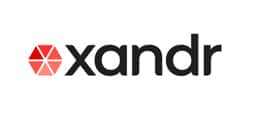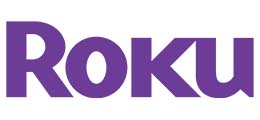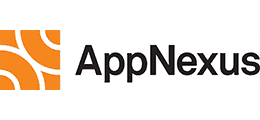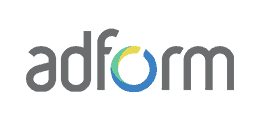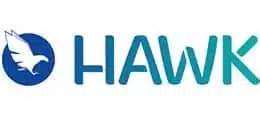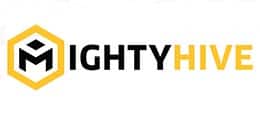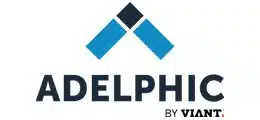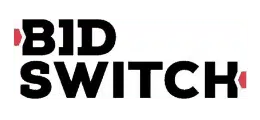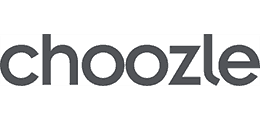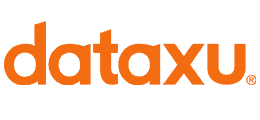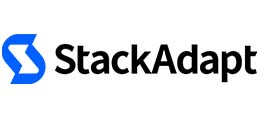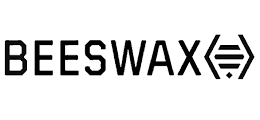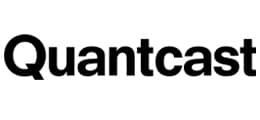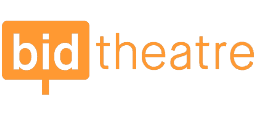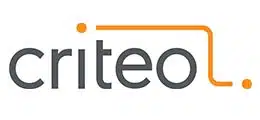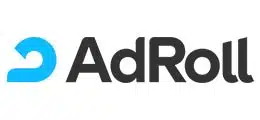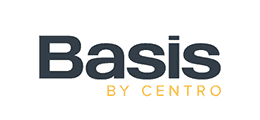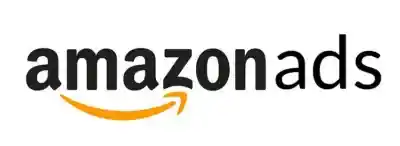Comprehensive Yet Simple Programmatic Reports
Forget about Quarterly Business Reviews that are way too “Top Level” and provide no actionable analysis.
Gourmet Ads Programmatic Reports solution is simple. We provide on a monthly basis Programmatic Buyers and Brands Trading programmatically, complete transparency from a Sell Side perspective. In essence we share all the Business Intelligence we have available to you. Since 2013, we have provided monthly via email (on the 2nd Wednesday of the month) to all our Buyers our Programmatic Reports.


Programmatic Buyer Report Card
Specifically designed for Agency Trading Desks, Demand Side Platforms (DSPs) and Independent Trading Desks, our Programmatic Reports provides programmatic-enabled buyers our short, 3 to 4 Page Buyer Report Card is custom to every buyer. The Report is intended to be a “Top-Level Report”, provide a buyer a complete snapshot of activity for the last 30 days across our managed supply. We are regularly reminded by Agency Trading Desks that our Programmatic Reports are the most comprehensive reporting provided by the Sell Side.
Programmatic Brand Report Card
Largely Based on our Programmatic Buyer Report Card, our Programmatic Brand Report is designed for Brands that have their own internal brand trading desk or a brand’s advertising agency. While the Buyer Report is built upon the Buyers Member ID, the Brand Report is built around either a holding company or multiple brands. This allows us to create highly relevant Programmatic Report around your brand offering something unique and insightful. We can also create them on a country by country basis.


Some of the elements built into each report include ;
Spend by Day & Country
Endemic and Non-Endemic Brands
Ad Sizes & Media Types
Deal IDs Running and Not Live
Top Publishers Websites
Impression Availability
Data Segments Being Purchased
Suggested Bidding Ranges
Popular Creatives plus Creative Previews
…and many more interesting observations
Deal Reporting
Many Programmatic Buyers using multiple DSPs and as such we’ve developed specific Deal Reporting irrespective of the DSP or SSP the deals are setup in. To make it turnkey, our Deal Report provides simplistic and holistic reporting that allows Programmatic Traders to add Deal IDs to campaigns quickly and easily. Our simple naming conventions help illustrate what inventory the Deals include.


If you’d like to receive any of our Programmatic Reports, Please Contact Us.
- AVODAVOD (Advertising Video on Demand) is a streaming model that allows viewers to access video content for free in exchange for watching advertisements. Unlike subscription-based services, AVOD generates revenue through ad placements, making it a cost-effective option for consumers and an accessible avenue for advertisers to reach wide audiences.
- BVODBroadcaster Video on Demand (BVOD) allows viewers to watch television content from major broadcasters at their convenience, offering the flexibility of streaming shows anytime on connected devices.
- CPACPA is an e-commerce advertising term that stands for Cost per Acquisition. It has different significance depending on the actions that are meant to be tracked.
- CPCCPC or Cost Per Click is a payment model where advertisers pay every time a user clicks on an ad, regardless of the number of impressions. Ads that are merely viewed by users but not clicked on are delivered for free in the pay per click model.
- CPCVCPCV or Cost Per Completed View is a payment model in video advertising. CPCV is where advertisers only pay when a video ad plays through to completion. In order for the advertiser to be invoiced under the CPCV pricing model, the ad must be fully played from start to finish, regardless of how lengthy it is.
- CPECPE model means that an ad is paid only when it’s engaged with, as opposed to other payment models such as CPC and CPM. The cost per engagement, or CPE, is the cost incurred time an advertisement is viewed. Engagements might range from muting or stopping a video to providing contact information.
- CPICPI (Cost Per Install) campaigns are specific to mobile apps and the advertiser only pays once the app has been installed on the mobile device. For mobile user acquisition initiatives, the CPI model is employed, where advertising or app marketers pay per installation.
- CPMCPM is an advertising term that stands for Cost Per Mille (thousand impressions). CPM is best used for brand awareness campaigns. Cost Per Mille (CPM) is the cost of having your online advertisement be viewed 1,000 times.
- CPVCPV is programmatic bidding method to buy video impressions, advertiser will only pay for video impressions when actually viewed. An advertiser will only pay for video impressions (VAST or VPAID) using the programmatic bidding technique known as "CPV" (or "Cost Per View") if the impression is actually seen.
- CTRCTR or Click-Through Rate is a performance metric that shows how many times users clicked on an ad or a link with display, and email marketing campaigns. It is commonly used by marketers and advertising professionals to assess the performance of search, display, and email marketing initiatives.
- CTVCTV bridges the gap between traditional television and the digital world, providing a platform for targeted, contextually relevant advertising.
- DMADMA or Designated Market Area is an advertising term that stands for different regions in the United States divided into separate marketing areas. The Nielsen Company measures 210 DMAs in the United States.
- DMPA DMP is a cloud-based software technology that collects, stores, sorts and categorizes user data. They should be considered as the central data hub for a marketer, storing a company's customer, audience, and marketing data.
- DOOHDOOH stands for “Digital Out Of Home” and refers specifically to digital media that appears in public places such as digital billboards and outdoor signage. As a marketer, programmatic DOOH allows you to specify criteria around people you want to contact.
- DSPA DSP or Demand Side Platform is an advertising management system that allows buyers to buy in ad exchanges (display, video, search, and mobile ads). A Demand Side Platform (DSP) is a platform for automated ad buying where marketers and agencies may acquire digital ad inventory.
- eCPMeCPM is an advertising term that stands for Effective Cost per Mille (thousand impressions). It is helpful since it translates everything to a single measure in situations where several forms of pricing and advertising (such as CPC, CPA, etc.) are utilized.
- FASTFAST channels deliver a traditional TV experience over the internet for free, supported by ads. With scheduled programming and diverse content across genres, platforms like Pluto TV and The Roku Channel make entertainment accessible without subscriptions.
- GRPGRP stands for Gross Rating Point and is a measure of the size of an advertising campaign in relation to the size of the targeted audience or population. It is the same as reaching 1% of the total possible audience with a single advertisement message.
- MRCMRC or Media Rating Council is a nonprofit organization that gives media research and advertising accreditations to ad platforms. The MRC identified the necessity to monitor and verify the veracity of location firms' claims as visitation became a measuring KPI for location data.
- PIIPII or Personally Identifiable Information stands for personal information of each user which is subject to advertising. It is private information that may be used to find, contact, or identify a person.
- PMPPMP is a programmatic marketing term that stands for Private Marketplace. PMPs are a private advertising auction, as opposed to public marketplaces. Buyers may benefit from automation and ensure that transactions satisfy their customised needs by using a private marketplace inside a programmatic environment.
- PPCPPC is an advertising term that describes online advertising payment models where advertisers pay per each click. When an advertisement is clicked, advertisers who use pay-per-click marketing must pay a charge.
- QPSQPS stands for Queries Per Second and is considered the central metric used to describe a server's dimension in terms of capacity/throughput. The number of enquiries per second (Ad Calls) is a measure of how well an ad server or ad platform is performing in terms of online advertising; the higher the number, the more popular the service.
- RONRun of Network (sometimes referred to as “RON”) is the term where an advertising campaign or PMP is applied to the entire network of websites within an Ad Network. It is actually a form of internet marketing where an online advertising campaign is applied to a wide collection of websites without the ability to choose specific sites.
- RTBRTB is an advertising term that describes an automated process of selling and buying ad inventory through a programmatic online auction. Real-time bidding (RTB) is an automated method that allows marketers to make real-time bids for certain display ad locations.
- SOVSOV is a phrase used in media planning & buying. SOV is the relative portion of impressions bought to all ads for a time period. It measures your brand's exposure and how much you control the discourse in your sector.
- SSPA SSP (referred to as a Supply Side Platform) is a software platform used by publishers to monetize their inventory with ad exchanges, ad networks, and DSPs at the same time to sell impressions at their highest value in real time.
- SVODSVOD (Subscription Video on Demand) is a streaming model that offers unlimited, ad-free access to movies, TV shows, and original content for a recurring subscription fee. Popular platforms like Netflix, Disney+, and Amazon Prime Video use this model to deliver high-quality entertainment on demand.
- TVODTVOD offers a flexible streaming option where users pay to rent or purchase individual titles. Unlike subscription models, TVOD provides on-demand access to specific content without ongoing fees, making it ideal for premium releases, new films, or special events.
- VASTVAST or Video Ad Serving Template is an IAB specification that explains how video players communicate with ad servers, and serve ads. Ad platforms and video players employ the VAST standard to serve and playback digital video ads.
- vCPMvCPM is an advertising metric that stands for Viewable Cost per Mille. vCPM tracks the cost for viewable thousand impressions. This indicates that rather than paying for ads that are served, advertisers are instead paid per 1,000 visible impressions of the ad placed.
- VPAIDVPAID or Video Player-Ad Interface Definition is advertising technology that complements VAST (Video Ad Serving Template). A powerful interactive in-stream ad experience is made possible by VPAID, a standard interface between video players and ad units.
- VTRIt is an advertising metric describing the number of times an ad has been viewed completely. The number of completed views of a skippable advertisement over the total number of first impressions is known as the View Through Rate (VTR).
Integrated Demand Side Platform Companies (DSPs)
For programmatic enabled Brands with In-house Trading Teams, Agency Trading Desks, Advertising Agencies, Retargeters or Independent Trading Desk, Gourmet Ads is built upon the Xandr tech stack and fully integrated Programmatically with the following Demand Side Platform Companies (DSP) enabling streamlined, transparent connections between Advertisers through to end-user Consumers.




